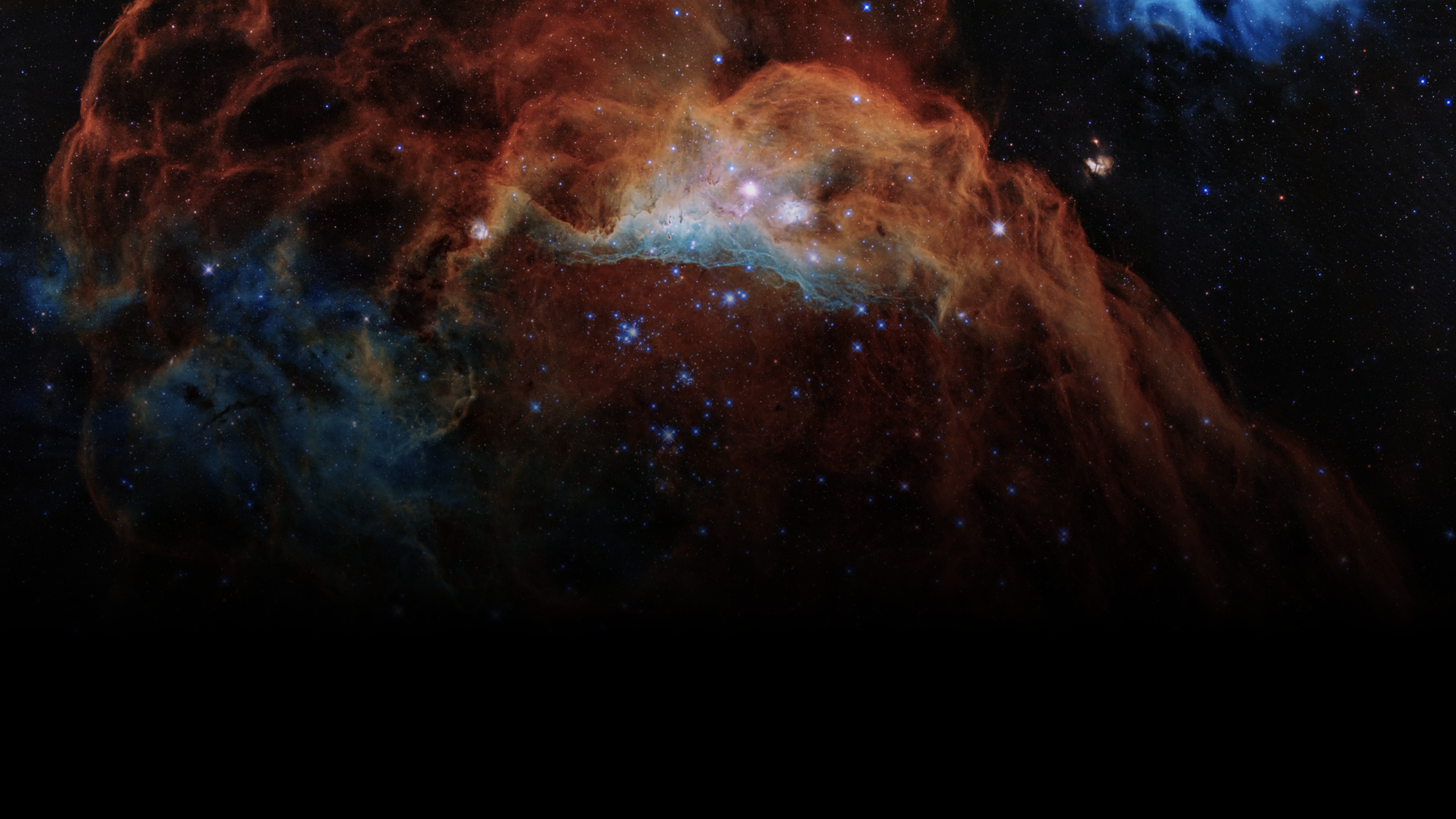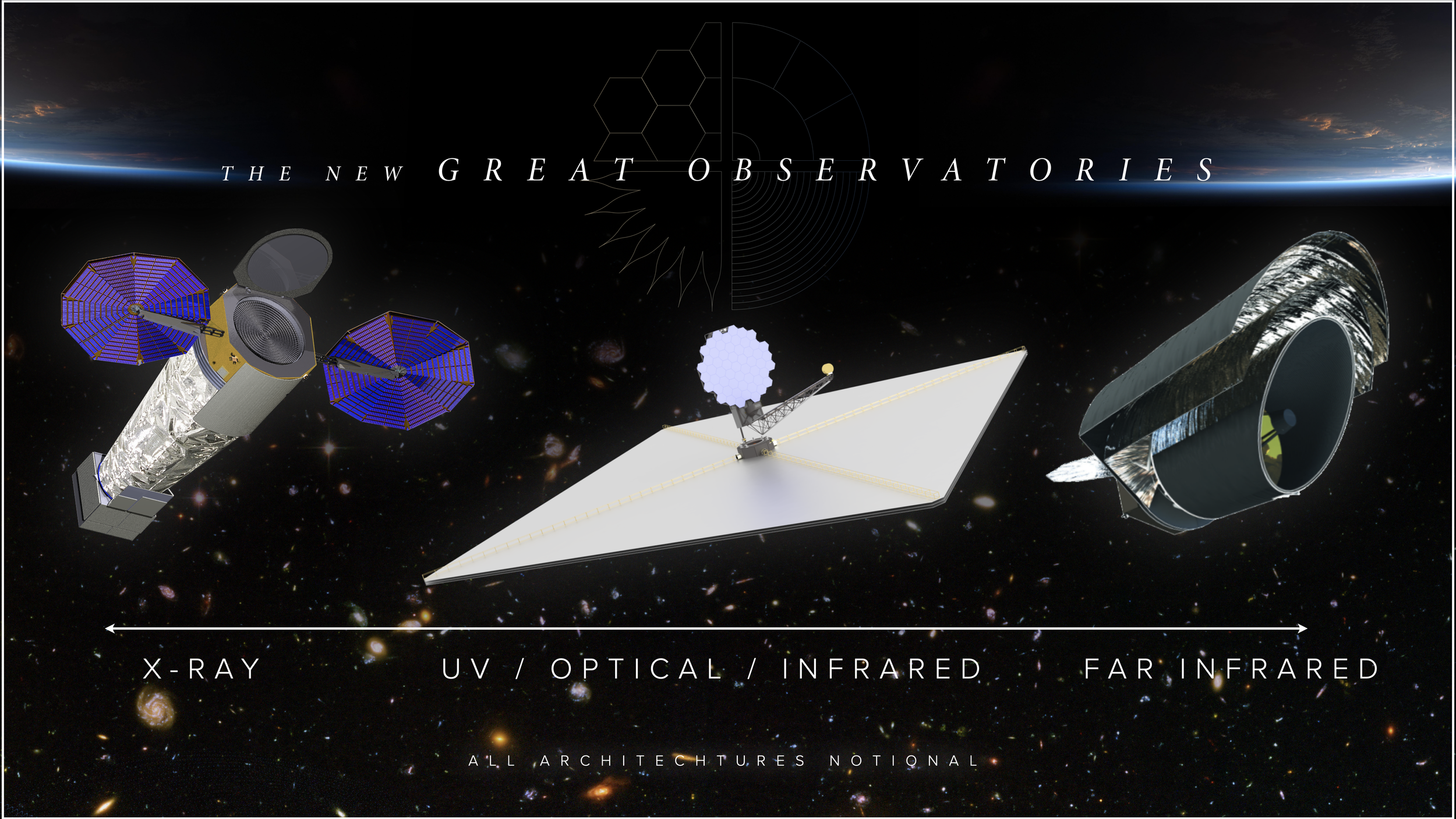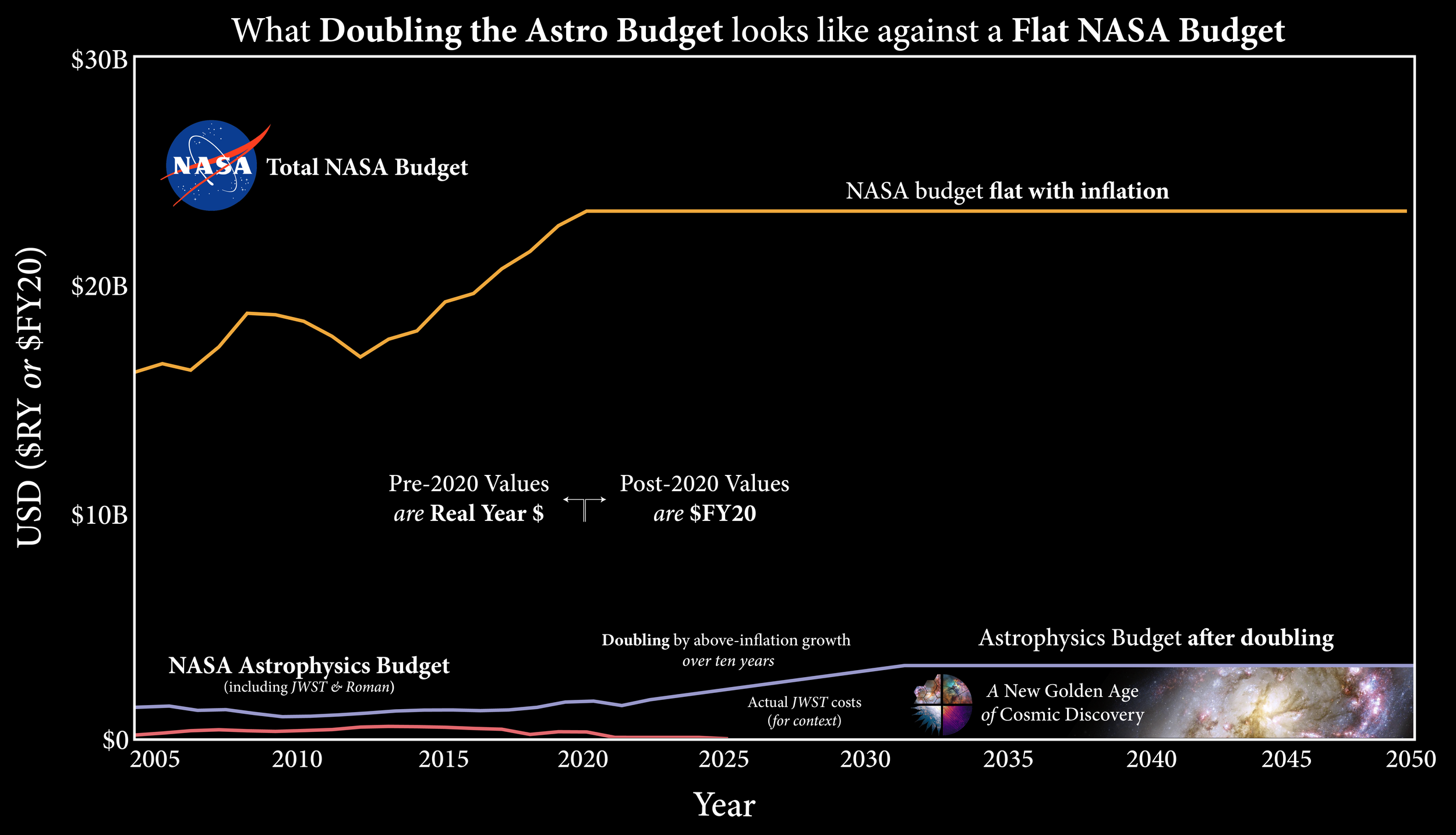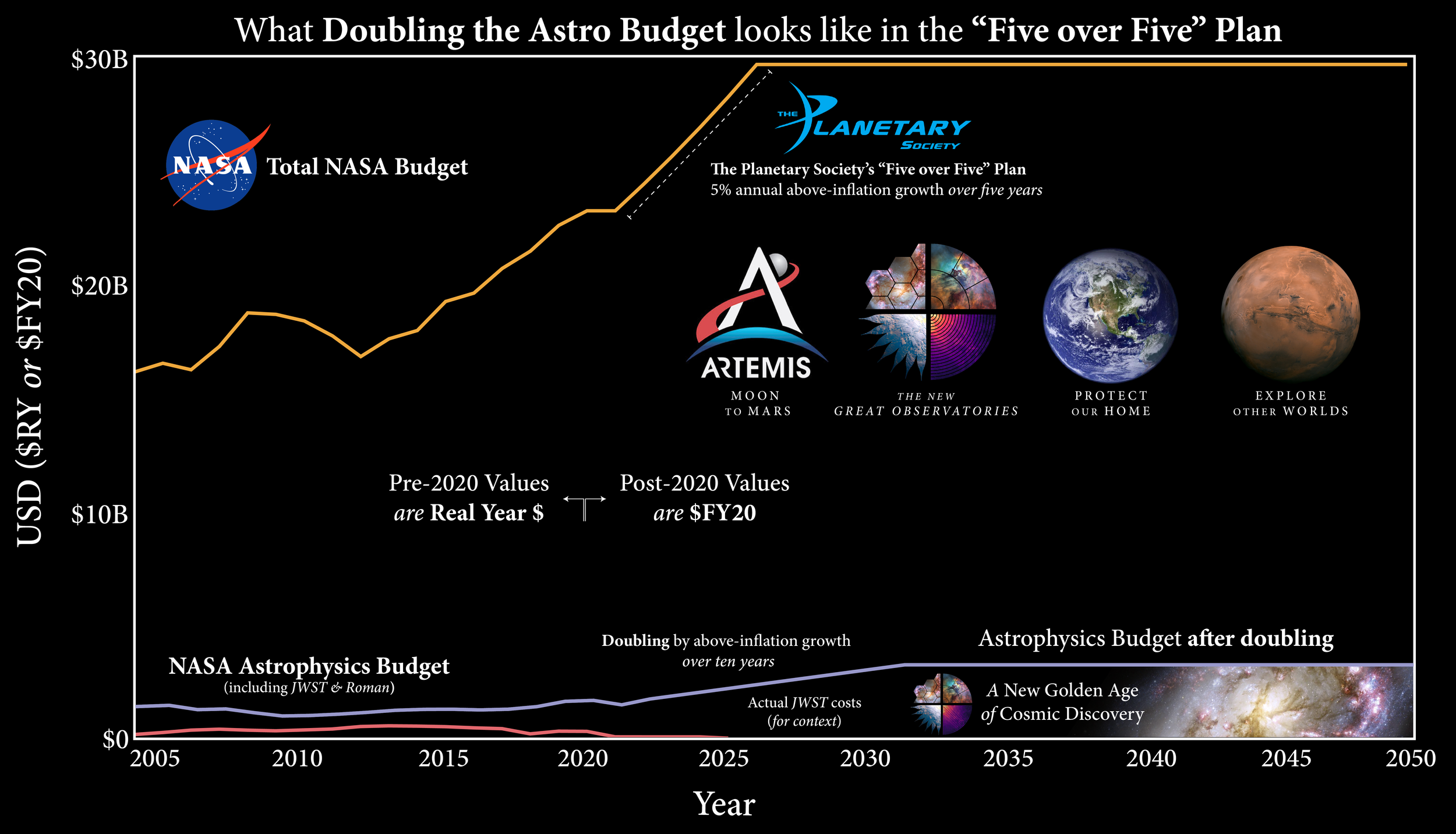
Astronomy’s most visionary goals demand equally transformative tools. These first-of-their-kind space telescopes need new technologies and will each take over a decade to build. And they can’t be made smaller: the laws of physics require a certain amount of light from far away to get the answers we want. But, they can me made smarter. Previous large space telescope experienced unexpected technical challenges that threatened to end their development. We can do better anticipating and managing the risks posed by the complexity of these powerful space observatories.
Lessons learned have birthed new approaches encapsulated in the Great Observatories Mission and Technology Maturation Program recommended by the Astro2020 Decadal Survey. The key principles are simple:
Understand exactly what tool to build before starting to build it.
Mature enabling technologies earlier and more thoroughly.
Insist on better checks and course corrections during development.
Adhering to these principles is not simple, however. They require forethought, discipline, and sustained investment. But there is more time and money to be saved by changing how we build big projects than in changing what we build. The Maturation Program is the key to achieving the New Great Observatories in a sustainable way.
The community’s most ambitious and visionary ideas now require timelines that are pan-decadal and even multi-generational. This is particularly true for NASA’s large strategic missions and NSF’s premier observatories that are driven by transformative scientific visions but are technically challenging. They also represent large investments of resources. Optimizing the cadence of major facilities and developing them in a sustainable way that ensures the appropriate level of maturity prior to a decadal or agency commitment and tighter control on ultimate project costs requires new, enabling programs and approaches. The Great Observatories Mission and Technology Maturation Program would provide a new approach for developing large space strategic missions.
The 2020 Decadal Survey in Astronomy & Astrophysics, page S-4.
NASA’s implementation of the Great Observatories Mission & Technology Maturation Program (currently nicknamed GOMaP) is now in its nascent planning phases. Precursor science programs, analyses of alternatives (AoAs), as well as architecture trades and downselects, will be part of the first two stages of NASA’s plan. In many ways, however, GOMaP is an innovation initiative, which will also consider:
New development pathways that mitigate cost and risk early in the development cycle.
New ways to leverage small missions (CubeSats, suborbital rockets and balloons) to develop technologies and guide science trades.
New pathways to orbit and related programmatic approaches.
New community-based platforms for developing science cases and requirements.
ASTRO2020’S NEW APPROACH
Invest up-front in technologies
for all three strategic missions.
THE LESSON
Cost growth comes
from technology surprises.
the SMD Large Mission Study
In many ways, Astro2020’s Great Observatories Maturation Program is strongly aligned with the top recommendations for NASA’s SMD Large Mission Study, whose recommendations came out at roughly the same time. You can read the report here. Major recommendations include:
Large strategic missions require greater priority, resources, and attention during the first phase (pre-formulation), when key mission architecture decisions are made.
Technologies for large strategic missions, as elements of highly complex systems, must be matured earlier in the project life cycle than technologies for smaller missions.
NASA must be honest and clear with stakeholders about cost & schedule uncertainties for unprecedented systems, especially when designs are preliminary.
WE MUST GROW THE ASTROPHYSICS BUDGET
NASA occupies a mere 1.6% of the nation’s discretionary spending, yet we ask it to literally shoot for the Moon. We also ask the agency to explore the rest of the solar system and the cosmos, maintain a human presence in low-Earth orbit, observe our changing Earth, defend our planet, educate students about science, develop new technologies, and nurture new industries in commercial spaceflight.
In the coming months, this page will expand to reflect a nascent advocacy effort in D.C. to grow the NASA Astrophysics budget over the coming years. This above-inflation growth is needed not only to build and launch the New Great Observatories, but also to grow the foundation of astronomy, namely the human beings who power cosmic discovery. NASA is within reach of the most ambitious human spaceflight and science program in its history. Artemis. Mars Sample Return. Protecting our home. Exploring worlds beyond. And pursuing the greatest questions of existence: How did we get here? How does the Universe work? Are we alone? The New Great Observatories can be part of a transformed Agency for only a few percent increase to the NASA top line. Below are some charts that partially illustrate what might be accomplished with such an increase. Stay tuned for further explanation and exploration of budgetary scenarios. For now, we include the below charts to help enable a growing conversation.






